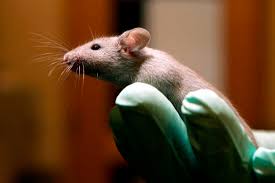A virtual reality maze for mice was created by researchers in New York in an effort to shed some light on a question that has perplexed neuroscientists for decades: Long-term memories are stored in what way?
What they discovered shocked them. The mice’s memories were actually rooted in what is known as the anterior thalamus, a section of the brain that scientists haven’t generally associated with memory processing at all, after forming in the hippocampus, a curved structure that resides deep within the brain.
One of the coauthors of a peer-reviewed study that was recently published in the journal Cell, Priya Rajasethupathy, an associate professor at Rockefeller University, said, “The thalamus being a clear winner here was really surprising for us, and unexpected.” As a sensory relay, the thalamus “has frequently been thought of”.
But according to the latest research, it might be crucial in helping short-term memories become long-term memories. Rajasethupathy added that this should make the thalamus a focus of research for scientists hoping to treat people with diseases like Alzheimer’s who may recall old memories but may have problems recalling new information.
According to Loren Frank, a professor of physiology at the University of California San Francisco who was not involved in the work, “it implicates a region of the brain — the thalamus — in the long-term storage of memories in a way that wasn’t even predicted by anyone else.”
Rajasethupathy pointed out that the majority of research on diseases like amnesia and Alzheimer’s has been conducted on the hippocampus, which is where memories develop.
The wrinkly, outermost part of the brain, the cortex, has “lead to this hypothesis where memories are created in the hippocampus but then become autonomous over time and slowly stabilised there. According to Rajasethupathy, it has been unclear exactly how memories go from one place to another.










